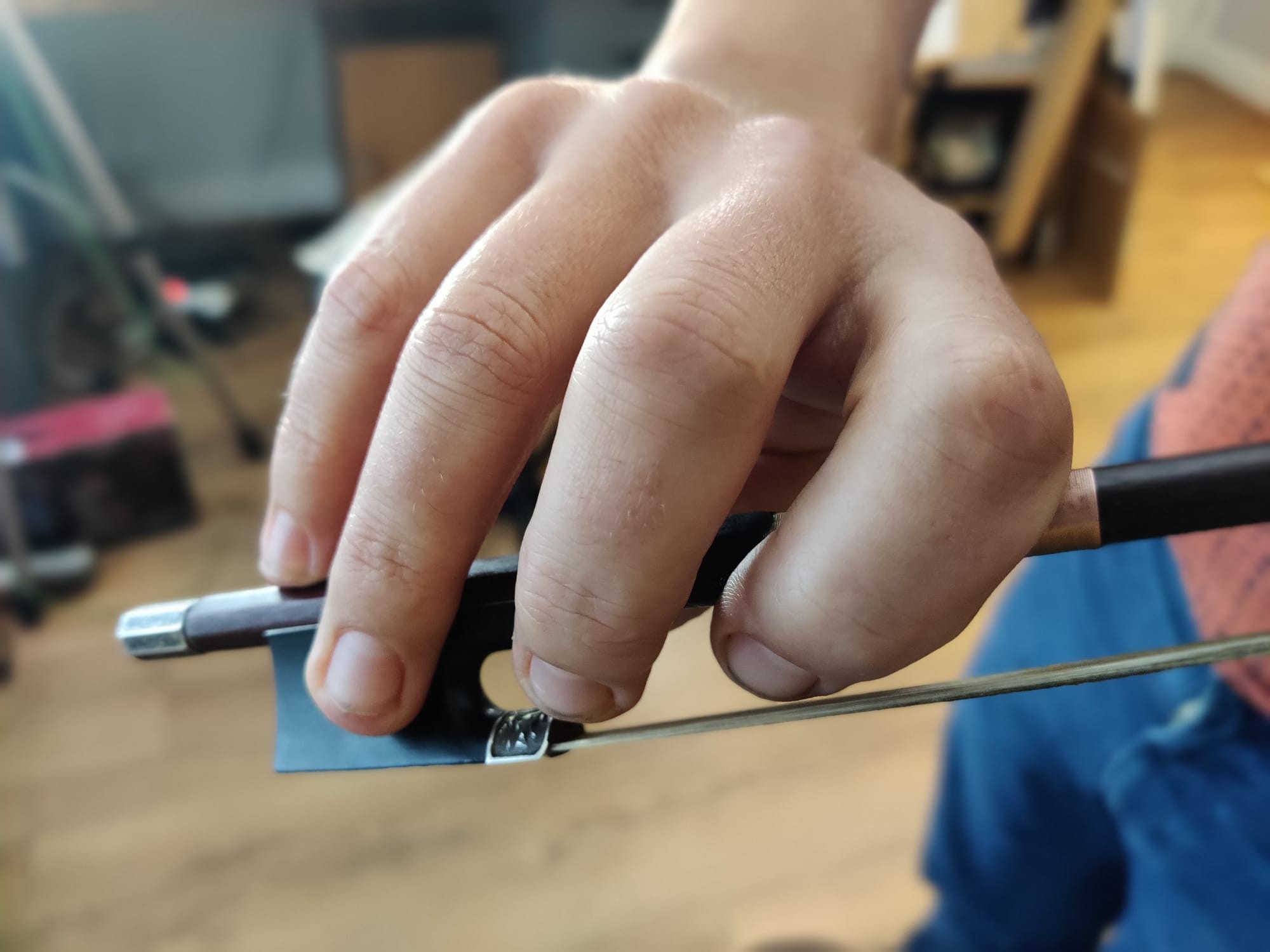The fiddle often gets a reputation for being a difficult instrument to master. Many aspiring musicians assume it takes years of dedicated practice to play even simple tunes or achieve a clean, pleasant sound. Is this really true? Not necessarily. While learning any instrument requires effort, learning the fiddle doesn’t have to be an insurmountable challenge. Getting a few fundamentals right from the start can significantly ease the learning process.
Why the Perception of Difficulty?
Several factors contribute to the perception that the fiddle is hard to learn. A primary concern for beginners is playing in tune. Unlike the piano or fretted instruments like the guitar, the fiddle lacks visual guides for finger placement. Accuracy relies entirely on the musician’s ear and precise finger positioning on the fingerboard.
This lack of frets often intimidates beginners. However, with practice and proper guidance, developing accurate intonation is achievable.
Mastering Intonation: The Key to Success
Some beginners use fingerboard stickers as visual aids for note placement. While seemingly helpful, these stickers can hinder progress in the long run. They encourage reliance on visual cues rather than developing crucial ear training. Precise finger placement often falls between the stickers, rendering them inaccurate.
The most effective approach is to train your ear to recognize correct pitch. Most individuals can quickly discern whether a note is in tune or not. Consistent practice, coupled with attentive listening and adjustments to finger position, builds muscle memory and improves intonation accuracy. Even experienced fiddlers continuously make micro-adjustments based on auditory feedback. Maintaining consistent hand position across different fingers and strings is crucial for developing this skill. Seeking guidance from a qualified teacher, especially in the early stages, can help establish good habits and a relaxed left-hand technique that promotes accurate intonation.
Achieving a Pleasing Tone
Another common concern is producing a pleasant sound on the fiddle. Initial attempts may sound scratchy or unpleasant. However, achieving a good tone is relatively simple with proper technique. Initially, focus on using the bow’s natural weight without pressing down excessively. Maintain a smooth and consistent bow speed, keeping it parallel to the bridge and halfway between the bridge and the fingerboard.
The Real Challenge: Mastering the Bow
While the fundamentals of playing the fiddle are attainable, true mastery lies in developing advanced bowing techniques. The bow significantly influences tone, rhythm, phrasing, and overall musical expression. Investing time in practicing bowing exercises and developing a relaxed yet controlled bow hold are essential for long-term progress.
Bowing technique is a lifelong pursuit, constantly refined and adapted to different musical styles and expressions. Starting with a proper bow hold and incorporating simple bowing exercises into practice routines builds a strong foundation for future development.
The Importance of Active Listening
Once basic techniques and a few simple tunes are learned, the real journey begins. Progressing beyond the basics requires focused listening and attentive practice. Listen actively to your favorite fiddle players, analyzing their techniques, phrasing, and emphasis. Pay attention to how they use slurs and bowing variations to create specific musical effects. This type of focused listening is invaluable for developing your own musicality.
Conclusion: Fiddle Mastery is a Journey, Not a Destination
Learning the fiddle is not inherently difficult. With focused practice, proper guidance, and attentive listening, aspiring fiddlers can overcome initial challenges and achieve a satisfying level of proficiency. Mastering the nuances of bowing, developing a keen ear, and continuously refining technique are ongoing processes that lead to musical growth and fulfillment.

